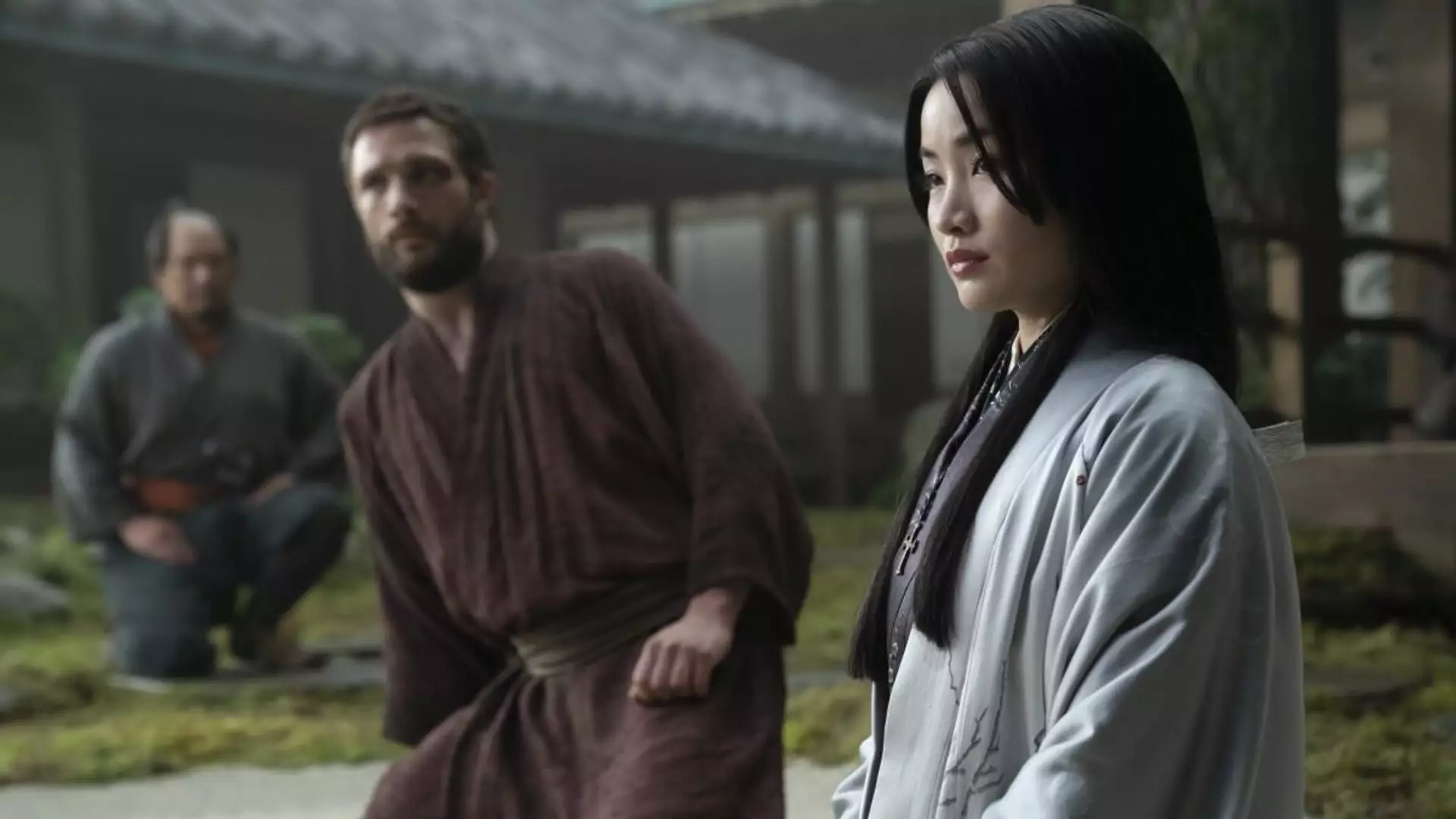The media landscape is undergoing a seismic shift as traditional television networks grapple with the challenges posed by streaming services and changing consumer preferences. Notably, Disney, a titan in the entertainment sector, is reevaluating its television networks amidst declining revenues and subscriber losses. Chief Financial Officer Hugh Johnston’s remarks during a recent CNBC interview shed light on the complexities of potentially separating Disney’s TV networks business from its overall portfolio. As the industry recovers from significant subscriber losses over the past few years, the question remains: is the traditional TV network model still viable, or is it time for a radical overhaul?
Johnston’s assessment is pivotal; he noted that the operational complexity of disentangling the TV networks would likely outweigh the financial benefits. The task at hand is not just a mathematical equation of costs and gains; it entails navigating intricate relationships between various content divisions, advertising revenues, and promotional synergies that have built up over decades. Similar sentiments were echoed by executives at Comcast exploring the possibility of splitting their cable networks, emphasizing that the journey toward separation is fraught with uncertainty and potential pitfalls. Such observations highlight that, despite the industry’s significant cash flow, the diminishing subscriber base—losing approximately 4 million traditional pay TV subscribers in just the first half of the year—calls for introspection.
The Numbers Tell a Story
Disney’s television segment reported a troubling revenue decline of 6% in its latest quarter, totaling $2.46 billion. Compounding this issue was a staggering 38% decline in profits within the division. The gravity of these figures cannot be overstated, as they reveal a larger narrative of a once-mighty segment now struggling to adapt in a rapidly evolving media ecosystem. CEO Bob Iger’s previous openness to the idea of divesting TV assets appears to have taken a backseat, as the financial realities of 2023 prompt the company to reconsider its position—focusing instead on the integration of content across both traditional and streaming platforms.
The intertwined relationship of Disney’s traditional TV networks and its streaming service, Disney+, emerges as a focal point in the strategic discussions. Iger cited the acquisition of 21st Century Fox in 2019, highlighting how this bolstered Disney’s content library to support streaming. During the recent earnings call, the successful merger of these two entities was portrayed as a vital lifeline amidst a volatile market. The discontent expressed by activist investors highlights a broader concern about shareholder value in the face of substantial investments. Yet, it is essential to recognize that a landmark public response from Iger signifies a shift toward content-driven growth rather than piecemeal divestitures.
Competitors’ Views on Traditional Networks
Disney is not alone in contemplating the staying power of traditional television networks. Lachlan Murdoch of Fox Corp. echoed Johnston’s sentiments, articulating the complexities involved in disentangling cable networks from their broader operational context. David Zaslav of Warner Bros. Discovery likewise emphasized the indispensable role of the traditional bundle to their storytelling strategy. These statements serve to strengthen the view that traditional television, while under threat, is still considered a core aspect of these companies’ identities.
The current landscape prompts a reconsideration of the traditional TV model rather than an outright dismissal. Disney’s focus on aligning its traditional networks in conjunction with streaming offerings reveals a clear intent to leverage historical brand strength while navigating forward into the uncharted territory of digital consumption. The emphasis on content synergy and the recognition of traditional TV’s role in delivering award-winning programming embody a strategy that values legacy while also embracing innovation. In an ever-evolving media landscape, the dialogue surrounding traditional networks will likely continue to shape the broader narrative of how entertainment companies evolve in the digital age. For now, the marriage of traditional and streaming content seems to be where the true value lies for Disney.

